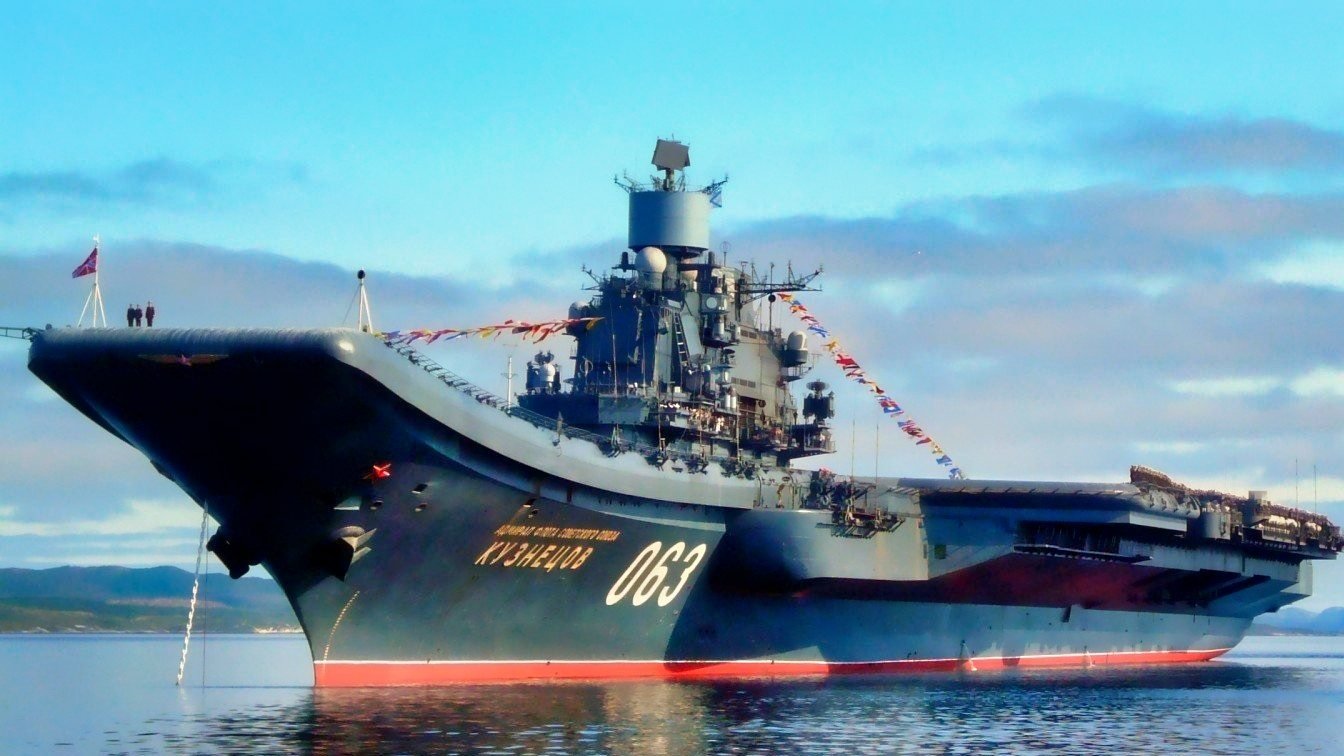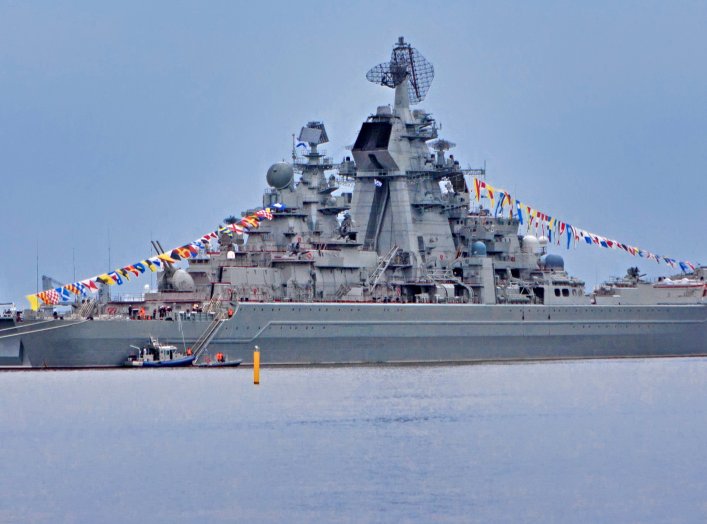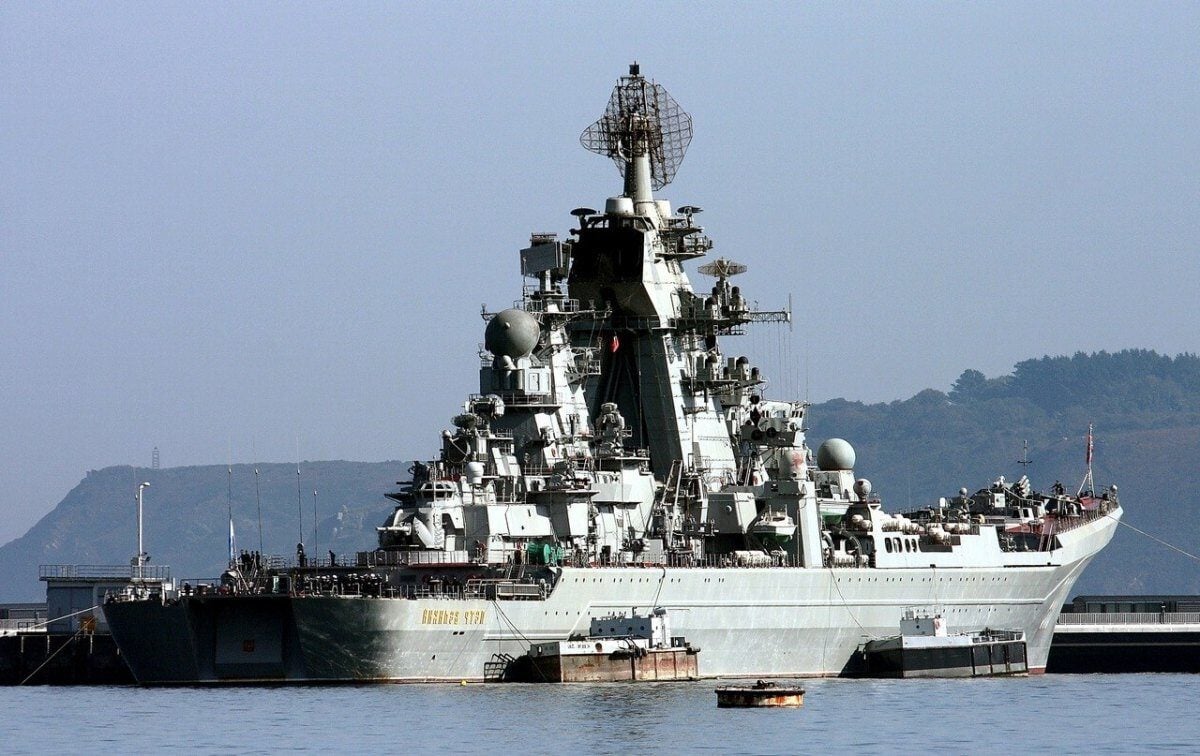The weakest component of Russia’s military apparatus is arguably its Navy. The Admiral Kuznetsov, a Soviet-era ship, remains the sole aircraft carrier of the Russian fleet and has remained dry-docked for several years.
The weakest component of Russia’s military apparatus is arguably its Navy. The Admiral Kuznetsov, a Soviet-era ship, remains the sole aircraft carrier of the Russian fleet and has remained dry docked for several years now.
While Moscow does possess formidable submarines and other warships, Ukraine has persistently damaged its Black Sea Fleet in attacks over the last year of warfare.
In September, Kyiv launched a barrage of long-range missile strikes and unmanned aerial vehicle (UAV) attacks targeting a fleet headquarters in Sevastopol and other naval assets. Ukraine’s military detailed that at least 12 strikes on the Black Sea fleet headquarters were carried out, targeting weapons and equipment depots.
Following these attacks, Moscow removed three submarines, two frigates, five landing ships and a few smaller vessels from Sevastopol, indicating the effectiveness of Ukraine’s barrages. These forced moves also implicate Moscow logistically, since all these vessels had to be transported further from Ukraine to the eastern flank of the Black Sea.
In November, Kyiv claimed that newer operations had led to the destruction of a total of 15 Russian naval vessels in addition to the damage of a dozen others in the Black Sea since the war began back in February 2022.





